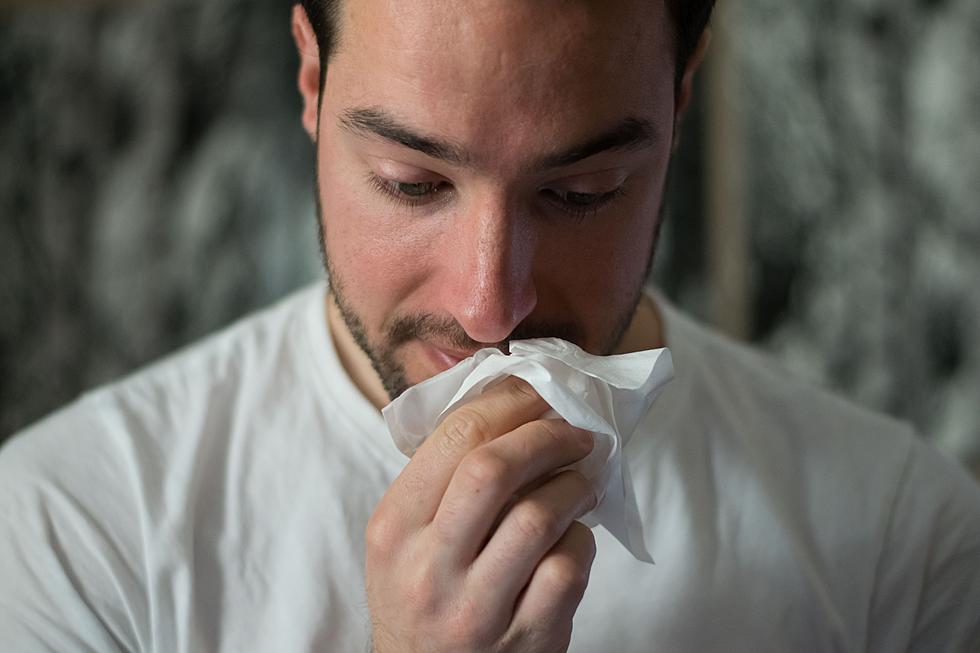![Child Vaccination Schedule: Are You Following It? [AUDIO]](http://townsquare.media/site/394/files/2012/09/baby.jpg?w=980&q=75)
Child Vaccination Schedule: Are You Following It? [AUDIO]
The United States has been experiencing historically low levels of most vaccine-preventable diseases. However, in order to prevent a resurgence, caring parents and health care professionals are being advised to continue their diligence.
Vaccination coverage in children by age two (against measles, mumps and rubella) topped 90% in New Jersey and across the nation, according to 2011 National Immunization Survey results from the Centers for Disease Control and Prevention. Vaccine doses for diphtheria, tetanus and pertussis reached 86.7% of infants in New Jersey, more than two points higher than the national average.
- CLICK HERE for the 2012 recommended immunizations
The survey also showed positive numbers for the newer vaccinations against hepatitis A and rotavirus, which continue to see increases. Less than 1% of children aged 19-35 months received no vaccinations at all.
"The diseases aren't so visible anymore to parents because vaccines have been so effective," said Melinda Wharton with the CDC's National Center for Immunization and Respiratory Diseases.
However, even though diseases like measles don't have an ongoing transmission in the United States, the threat still exists.
"Travelers to or from other countries can bring measles into the United States, and when that happens, it can be very easily spread to people who are susceptible," Wharton explained. "If children aren't protected by vaccination, they could develop measles, which can be a pretty serious illness with hospitalization and even death."
Wharton said parents and health care providers can work to ensure continued vaccination coverage for young children. While individual families can keep track of immunizations and make the necessary appointments, physicians can also assess the coverage of their patients and inform parents of what may still be needed.
If any adults haven't received every recommended vaccination as a child, there are many that would still work.
- CLICK HERE for adult vaccination opportunities
More From 92.7 WOBM










